
Through honest reflection, complemented by insight from colleagues and friends, Faye Dunaway contextualizes her life and filmography, laying bare her struggles with mental health while confronting the double standards she was subjected to as a woman in Hollywood.
You May Also Like

The story of Daniel Jones, lead investigator for the US Senate’s sweeping study into the CIA’s Detention and Interrogation Program, which was found to be brutal, immoral and ineffective. With the truth at stake, Jones battled tirelessly to make public what many in power sought to keep hidden.

Featuring interviews with his accomplices and victims alike, this deep dive explores how a master con man scammed French elites out of millions of euros.
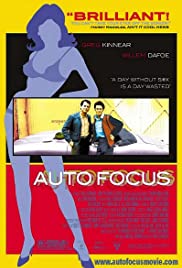
A successful TV star during the 1960s, former “Hogan’s Heroes” actor Bob Crane projects a wholesome family-man image, but this front masks his persona as a sex addict who records and photographs his many encounters with women, often with the help of his seedy friend, John Henry Carpenter. This biographical drama reveals how Crane’s double life takes its toll on him and his family, and ultimately contributes to his death
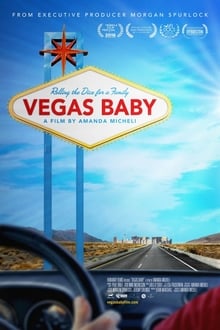
haveababy is a profile of patients of a Las Vegas fertility clinic. Each year, the clinic hosts a YouTube-based competition called “I Believe,” which gives one lucky couple a shot at an in vitro fertilization treatment they could not otherwise afford. Hundreds of couples apply, yet there can be only one winner.
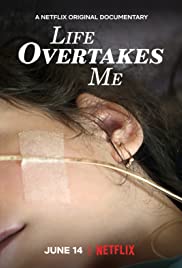
Hundreds of refugee children in Sweden, who have fled with their families from extreme trauma, have become afflicted with ‘uppgivenhetssyndrom,’ or Resignation Syndrome. Facing deportation, they withdraw from the world into a coma-like state, as if frozen, for months, or even years.
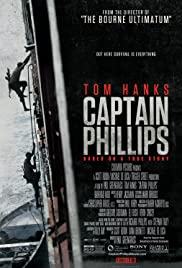
The true story of Captain Richard Phillips and the 2009 hijacking by Somali pirates of the US-flagged MV Maersk Alabama, the first American cargo ship to be hijacked in two hundred years.

Filmmaker Alyssa Bolsey stumbles on a treasure trove of vintage cameras, old film reels, fading photos, technical drawings and boxes of documents that belonged to her great-grandfather Jacques Bolsey. Among the many boxes, she spots an old movie camera with the word “Bolex” embossed on its side and a dangling tag with the date, “1927.” Entranced, she embarks on a journey to reveal how Jacques aimed to disrupt the early film industry with a motion picture camera for the masses.
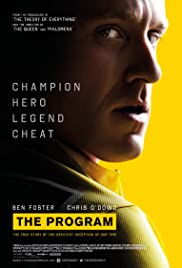
An Irish sports journalist becomes convinced that Lance Armstrong’s performances during the Tour de France victories are fueled by banned substances. With this conviction, he starts hunting for evidence that will expose Armstrong.
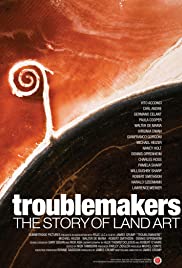
The titular troublemakers are the New York–based Land (aka Earth) artists of the 1960s and 70s, who walked away from the reproducible and the commodifiable, migrated to the American Southwest, worked with earth and light and seemingly limitless space, and rethought the question of scale and the relationships between artist, landscape, and viewer. Director James Crump has meticulously constructed Troublemakers from interviews (with Germano Celant, Virginia Dwan, and others), photos and footage of Walter De Maria, Michael Heizer, Robert Smithson, Nancy Holt, and Charles Ross among others at work on their astonishing creations.
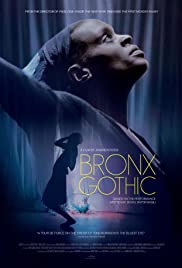
From director Andrew Rossi (PAGE ONE: INSIDE THE NEW YORK TIMES, THE FIRST MONDAY IN MAY) comes an electrifying portrait of writer and performer Okwui Okpokwasili and her acclaimed one-woman show, BRONX GOTHIC. Rooted in memories of her childhood, Okwui – who’s worked with conceptual artists like Ralph Lemon and Julie Taymor – fuses dance, song, drama, and comedy to create a mesmerizing space in which audiences can engage with a story about two 12-year-old black girls coming of age in the 1980s. With intimate vérité access to Okwui and her audiences off the stage, BRONX GOTHIC allows for unparalleled insight into her creative process as well as the complex social issues embodied in it.

In the National Geographic Channel special, “George W. Bush: The 9-11 Interview,” the former President talks about the chaotic moments after the attacks and the reasoning behind decisions he made that day. Bush reflects on being told about the attacks while visiting schoolchildren in Florida and the difficulty in getting accurate information in what he calls “the fog of war.” He also talks about returning to the White House to address Americans in the hours after the terrorist attacks. Fearing a possible psychological boost for al-Qaeda, Bush said he, quote, “damn sure wasn’t going to give it from a bunker in Nebraska.” The former President recalls the emotional visit to Ground Zero just three days after the World Trade Center Towers were destroyed. He describes “a palpable bloodlust” among workers in the ruins who were encouraging him to retaliate against those behind the attacks.

Who hides behind Brigitte Bardot? Extraordinarily photogenic, a tumultuous love life, the ultimate sex symbol for the 1950s and 1960s, the actress, singer and animal rights activist left an indelible mark on her era. Despite over …